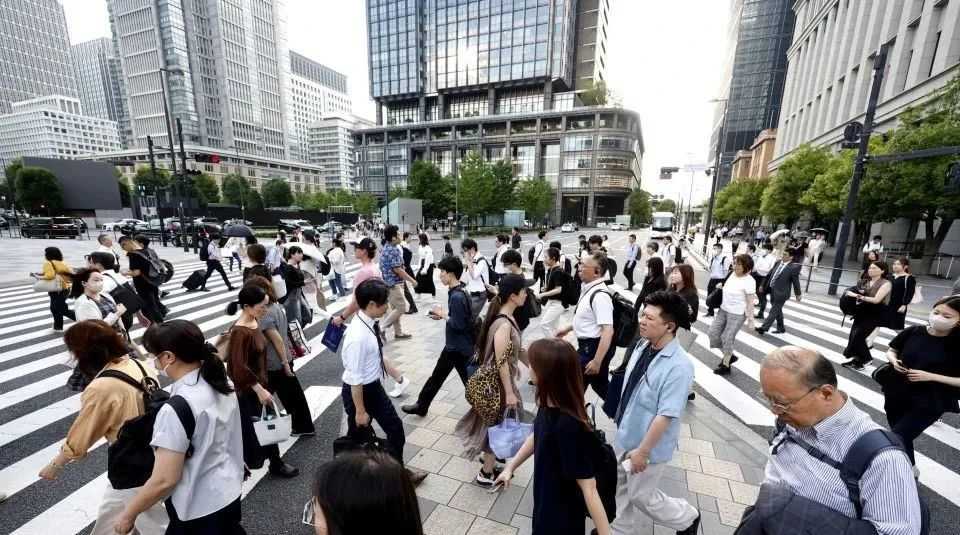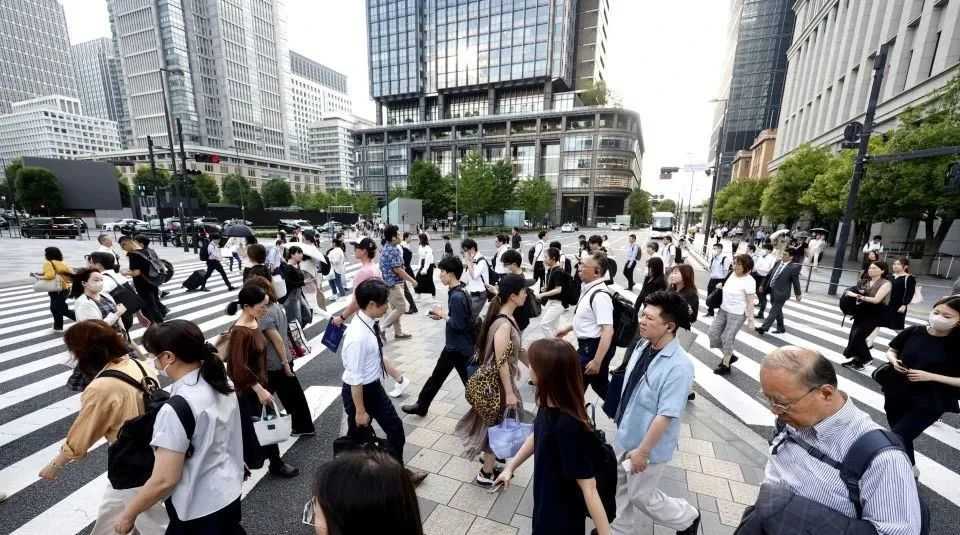Japan’s Spring Wage Hikes Hit New High, but Real Purchasing Power Shrinks; U.S. Tariff Standoff Looms
Japan’s 2025 "shunto" (spring wage negotiations) concluded with average pay hikes reaching 5.25%—equivalent to ¥16,356 per month—marking the second consecutive year of 5%-plus increases. Small and medium enterprises (SMEs) offered 4.65% raises (¥12,361 monthly), up 0.2 percentage points from 2024 but still lagging far behind large corporations. The Japanese Trade Union Confederation noted that while wage gains expanded, SMEs failing to hit the 5% threshold widened income disparities.

Source: Images from the Internet, if there is any infringement, please contact the removal of
Critically, nominal wage growth failed to outpace inflation, leaving real wages in negative territory and squeezing household purchasing power.
As the July 9 deadline for a U.S. "reciprocal tariff" pause approaches, Japan faces acute trade risks. Trump has threatened to raise tariffs on Japan from 24% to 30%-35%, criticizing "unfair" auto trade and insufficient rice imports—despite data showing record-high Japanese purchases of U.S. rice. The core dispute centers on a 25% punitive tariff exemption for Japan’s auto sector, with three months of negotiations yielding no breakthrough.
Economy Minister Ryosei Akazawa is scrambling to broker a deal, while Prime Minister Shigeru Ishiba insists Japan "will not compromise on national interests." Opposition parties urge Ishiba to directly call Trump before the deadline, but U.S. officials remain hardline, stating they "doubt an agreement can be reached."
Structural economic challenges complicate matters: While higher wages could boost consumption, Moody’s warned that large-scale tax cuts (proposed by opposition parties) risk endangering Japan’s A1 sovereign credit rating. With a debt-to-GDP ratio of 250%—and May’s record-high government bond yields—fiscal sustainability is fragile.
Meanwhile, tepid wage growth at SMEs and rising import costs (if tariffs take effect) may further erode corporate profits, dampening investment. The government faces the delicate task of balancing efforts to revive domestic demand with preserving fiscal stability.











